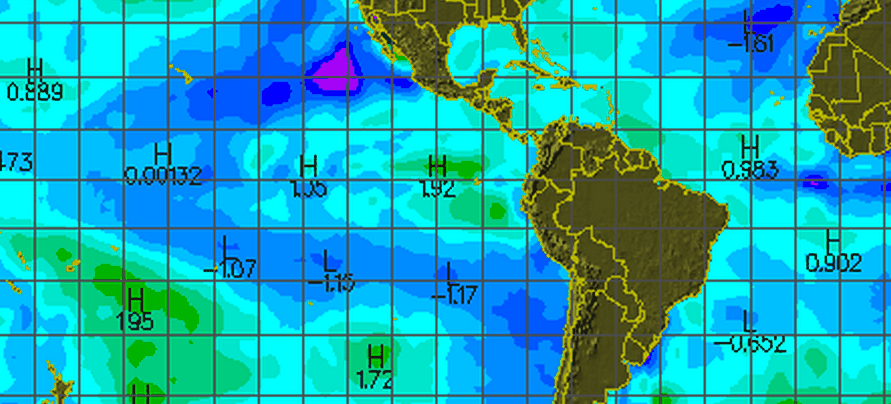A good view of Hansen’s powerful El Nino, and all the hot water driving this year’s record hurricane season.
Disrupting the Borg is expensive and time consuming!
Google Search
-
Recent Posts
- Fact Checking The New York Times
- New Visitech Features
- Ice-Free Arctic By 2014
- Debt-Free US Treasury Forecast
- Analyzing Big City Crime (Part 2)
- Analyzing Big City Crime
- UK Migration Caused By Global Warming
- Climate Attribution In Greece
- “Brown: ’50 days to save world'”
- The Catastrophic Influence of Bovine Methane Emissions on Extraterrestrial Climate Patterns
- Posting On X
- Seventeen Years Of Fun
- The Importance Of Good Tools
- Temperature Shifts At Blue Hill, MA
- CO2²
- Time Of Observation Bias
- Climate Scamming For Profit
- Climate Scamming For Profit
- Back To The Future
- “records going back to 1961”
- Analyzing Rainfall At Asheville
- Historical Weather Analysis With Visitech
- “American Summers Are Starting to Feel Like Winter”
- Joker And Midnight Toker
- Cheering Crowds
Recent Comments
- Bob G on Fact Checking The New York Times
- Bob G on Fact Checking The New York Times
- Bob G on Fact Checking The New York Times
- Bob G on Fact Checking The New York Times
- arn on Fact Checking The New York Times
- conrad ziefle on Fact Checking The New York Times
- arn on Fact Checking The New York Times
- Bob G on Fact Checking The New York Times
- conrad ziefle on Fact Checking The New York Times
- Bob G on Fact Checking The New York Times



IIRC El Nino and its heat creates massive shear conditions in the Atlantic TC zone which tends to diminish hurricane strength and longevity. La Nina is better but the Modoki (neutral, especially when coming out of the La Nina) conditions such as this year are best.
I was referring more to the cold water near the Cape Verde Islands
Joe Bastardi writes about the Atlantic “tripole” that exists when hurricanes are at their most prolific. The ITCZ is warm, the sub-tropical Atlantic is anomalously cooler and the northern Atlantic is anomalously warmer. (Pretty much what you see on the Unisys map.)
Since the waves only need about 26C ocean temps to get cyclones going, they are at and above that there now at the Cap Verdes so it should not be an issue.
It must be one of those deep sea (AKA Trenberthian) El Nino’s, found below 700 meters.
Yes, CO2 has done to El Nino what it did to tree rings in 1960.
Maybe the US could fund a research project to send him to the 700m level for study. I know of quite of few lawyers who could be research assistants.